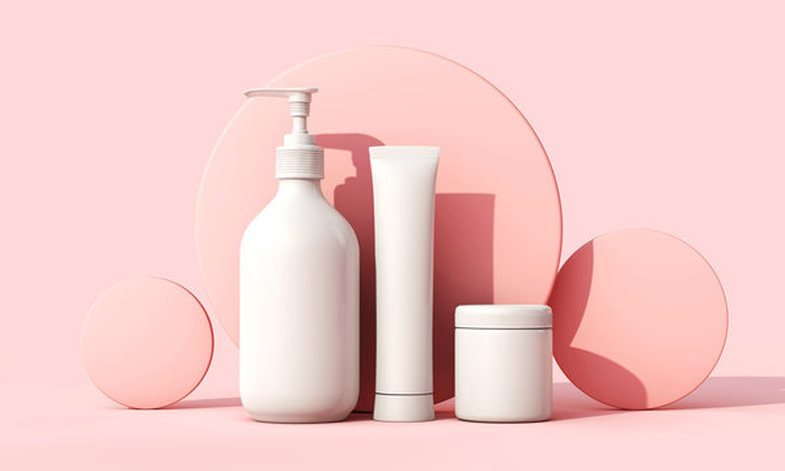
Chemical exfoliation is a treatment that can be used by all skin types. It makes it possible to stimulate cell renewal by promoting the emergence of new skin on the surface. As such, this process fades hyperpigmentation on the skin, helps reduce acne, the appearance of wrinkles and cleanses the skin pores. The moment you incorporate such a treatment into your routine, you need to keep a few simple things in mind.
1 - Choosing the type of chemical exfoliator
Chemical exfoliation can be performed in a variety of ways ranging from peeling, hydroxy acids (Alpha, Beta, Poly) or enzymes depending on the needs and type of skin.
2 - How often should you use it?
It does not matter the form of the chemical exfoliator, it does matter that you do not use it more often than 1-3 times a week (depending on the type of product). This includes detergents that contain exfoliating ingredients.
3 - What should be associated with?
When using chemical exfoliators, you should eliminate other active ingredients that stimulate cell renewal. Many active ingredients at the same time can irritate the skin.
4 - In what concentration should they be used?
For skin that is not accustomed to chemical exfoliation, products with a concentration of exfoliating ingredients, higher than 10% should not be used when it comes to personal use (not peeling performed by dermatologists, beauticians, etc.).
5 - With what products can you exfoliate?
It depends on your routine and skin needs. It can be a cleanser, tuna, mist, mask, serum, ampoule, cream. Just do not use any of these every day.
6 – SPF! SPF! SPF!
Chemical exfoliation makes the skin very sensitive to the sun. As in any other post, I am reminding you that sunscreen should be applied 365 days a year, ESPECIALLY if chemical exfoliation is part of your routine.
- Written for Anabel by Sara Gjylbegu, skin care passionate and curator of beauty blogger @ 20ecavjec .






